#Kamuy Mosir
Photo
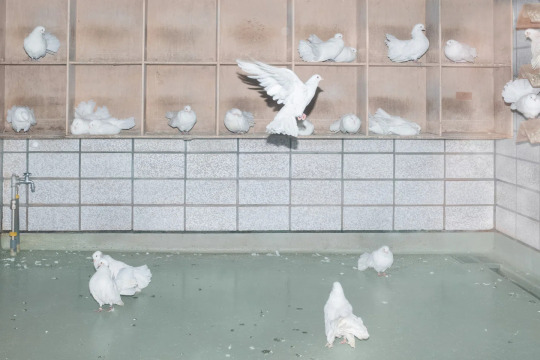
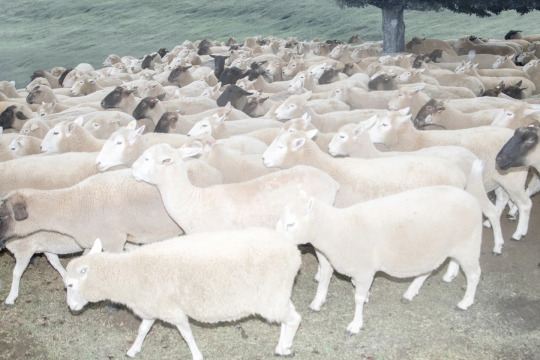
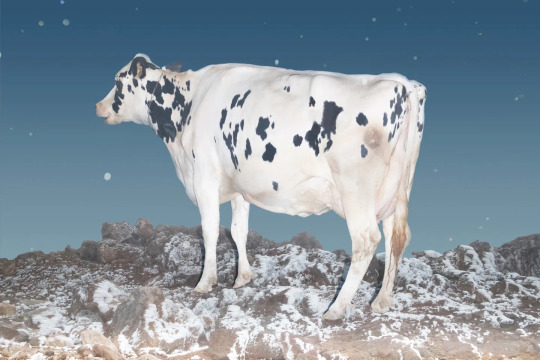
Ayaka Endo, Kamuy Mosir
20K notes
·
View notes
Text
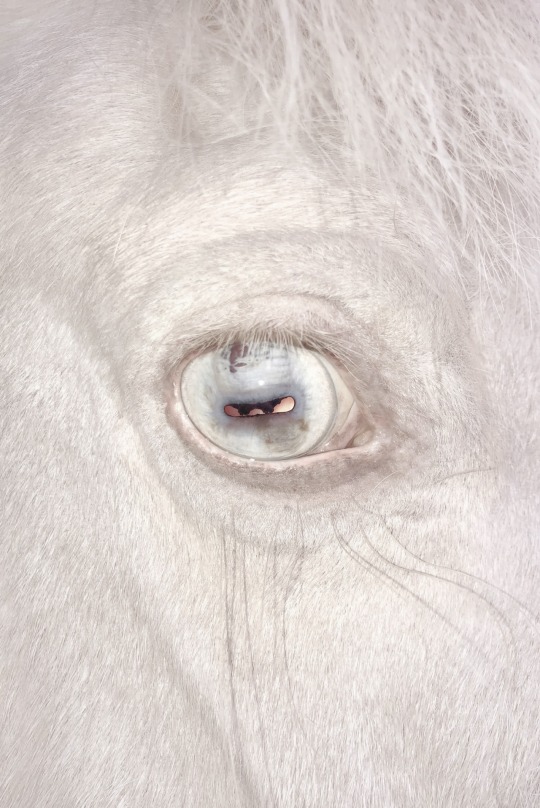
Ayaka Endo, Kamuy Mosir
668 notes
·
View notes
Text

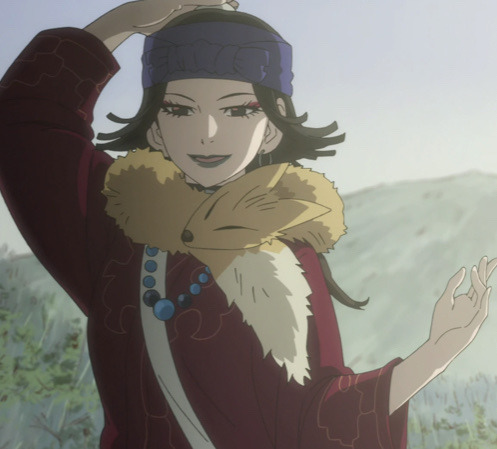
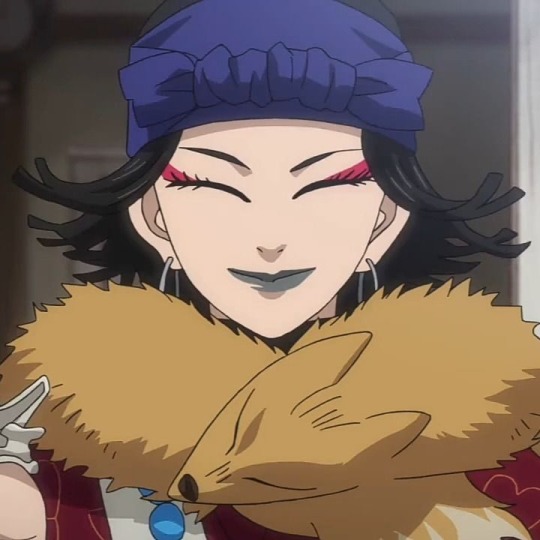



“Shall I try some divination?”
-���𝐧𝐤𝐚𝐫𝐦𝐚𝐭
Inkarmat supremacy<333
☾∘∙ creds:
@Satoru Noda (Danbooru/Creator of Golden Kamuy-)
✧ ∘ 𝙋𝙡𝙚𝙖𝙨𝙚 𝙜𝙞𝙫𝙚 𝙘𝙧𝙚𝙙𝙞𝙩 𝙞𝙛 𝙪𝙨𝙞𝙣𝙜/𝙧𝙚𝙥𝙤𝙨𝙩𝙞𝙣𝙜-!
☆ ° 。ㅤ→ ༄ ‧₊˚
#anime icons#anime pfp#manga icons#anime#animanga#manga pfp#manga#anime layouts#golden kamuy#inkarmat#ainu mosir#ainu culture#kamuy#foxes#hokkaido#sakhalin
47 notes
·
View notes
Text


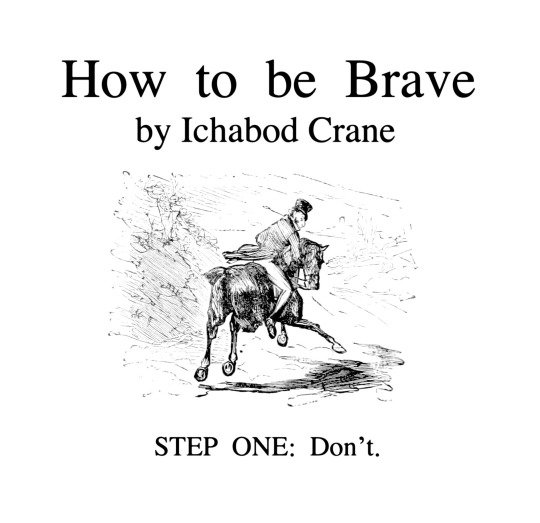












kieran duffy, the last horseman
creds; ayaka endo - kamuy mosir, admiraltx (original unknown), escuerzo resucitado, the truth about grief - fortesa latifi, adipocere, heavensghost, thatsbelievable, the scream - edvard munch, the grave - don mclean, onion baby - no one, everyone, your mama, GHOST - amygdala's rag doll, rumi - a stone i died
#phase weeps#kieran duffy#rdr2#web weaving#oaugh that was a lot of creds never doing anything this long again.#lying i probably will
37 notes
·
View notes
Text
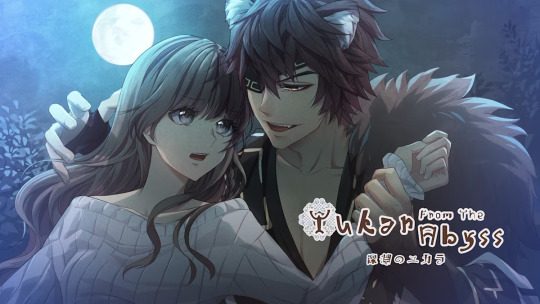




Yukar From The Abyss
(深淵のユカラ)
Release dates (Steam, Nintendo Switch, iOS)
Japanese and English: August 21st, 2023
"Tired and disillusioned with her busy life in Tokyo, Kurumi Oki decides to slow down and move to Hokkaido for a fresh start.
One night, on the train home from meeting up with her friends, she dozes off and realizes she has missed her stop. Panicked, she gets off the train and finds herself at an unfamiliar station called Kamuy Mosir.
Seeking help she walks toward some nearby lights, where she sees a group of people dressed in unfamiliar costumes having a party.
Without warning, she is chased by the group and is captured by a young man. Her captor tells her that she is dead, and he will take her to the underworld, the land of the dead.
Still being pursued by other mysterious beings, Kurumi unexpectedly opens the door to the world of the Gods, where she must overcome fierce trials, explore the mysterious new world, and perhaps even discover what happens to forbidden love with the Gods.."
This is a commercial game by LocaGames! You can buy it from Steam here, from the Nintendo Store here, or from the Apple Store here.
#otome game#otome games#yukar from the abyss#gxb#nintendo switch#windows#iphone#ios#commercial#visual novel
37 notes
·
View notes
Note
Hi dear,
Can I ask you what you would think your favourite work of your own fanfic?
good question! hard to say… for midsize fics i feel like i have to say None Like You. longer ones, current reigning champion would be the dead heed no lies, and for short fics i would probably say kamuy-mosir, not because it’s romantically gratifying, but because it actually deals with important questions about the human spirit and religion (: thank you so much for asking!
7 notes
·
View notes
Text

Otome Game upcoming in this year ( Smartphones / Steam )
Title: Yukar From The Abyss ( 深淵のユカラ )
By: LocaGames
Language: English, Japanese
Platform: iOS, Android and Steam
Genre: Fantasy Otome Game
Twitter: https://twitter.com/locagames_en
A fantasy otome game based on the myths and legends of Hokkaido, Japan.
Planned Release: the end of 2022
■ PC & MOBILE
STEAM: https://store.steampowered.com/app/2070220/Yukar_From_The_Abyss/
iOS and Android : upcoming

■ STORY
Protagonist decides to slow down and move to Hokkaido for a fresh start.
One night, on the train home from meeting up with her friends, she dozes off and realizes she has missed her stop.
Panicked, she gets off the train and finds herself at an unfamiliar station called Kamuy Mosir.
Seeking help she walks toward some nearby lights, where she sees a group of people dressed in unfamiliar costumes having a party.
Without warning, she is chased by the group and is captured by a young man.
Her captor tells her that she is dead, and he will take her to the underworld, the land of the dead.
Still being pursued by other mysterious beings, protagonist unexpectedly opens the door to the world of the Gods, where she must overcome fierce trials, explore the mysterious new world, and perhaps even discover what happens to forbidden love with the Gods..
■ CHARACTER
Protagonist

Pewrep - The brave young leader

Kyril Sasayama - CEO of far east Trading

Li Huaisu - God of the wetlands

Kickstarter: https://www.kickstarter.com/projects/locagames/yukar-from-the-abyss-otome-visual-novel
16 notes
·
View notes
Text
i wish i could read japanese in order to look up more stuff because to me the end arc of okami can be read as having an anti colonialism/imperialism message (ie. the final boss is an amalgamation of european technology, and the Root Of All Evil is a ship that has crashed into the land of kamui, ie ainu mosir/hokkaido, and its called the ark of yamato)
and im curious if any of this was intentional or whether this is simply coincidental
#*deep space noises*#like today i also found out that there is an ainu creation myth#that says that the ainu people were born of a union between a wolf kamuy and a goddess#which provides some cultural context as the why the oina can shapeshift into wolves#beyond my surface level assumption that they could do that because of racist stereotypes of indigenous people being more ‘wild’/‘animalistic#of course still not my place to say if that was an appropriate writing choice or not#and i have no idea if there were ainu writers or researchers on the okami team#but i still appreciate more knowledge and context
7 notes
·
View notes
Text
Yukar From the Abyss to overcome fierce trials on the Steam Deck

Yukar From the Abyss fantasy otome game aims at Proton via Linux with Windows PC. According to further details from developer LocaGames. Due to make its way onto Steam in 2022.
Indie game developer and publisher LocaGames, operated by Adventures, Inc. has revealed their fantasy otome visual novel Yukar From the Abyss. Due to release in late 2022. Gearing up to makes its way onto Windows PC with plans for Linux via Proton.
...in our internal testing of the game, it runs fairly well using proton on the Steam Deck. And we will try our best to optimize the game for that within the limits of the engine.
Yukar From the Abyss development is using the Wolf RPG engine to create the game. However, there are no plans to creative a native Linux build. So with focus on the Steam Deck, we will have Proton. Which is essential for choose your own adventure fans.
Yukar From the Abyss allows players to adventure with the animal Gods from Hokkaido’s rich mythology.
When the main character suddenly wonders from her ordinary life. While venturing into the world of the Gods she will meet, fight, and overcome ordeals. Together alongside the Gods with their rich and strong personalities.
Yukar From The Abyss - Official Trailer
youtube
This title is a fantasy otome game for a broad audience. Yukar From the Abyss uses the local charm and character of northern Japan. Along with real places and cities as story settings. Due to offer features that let players read and learn more about the lesser known history. Including the culture of ancient Hokkaido while they play.
In Yukar From the Abyss, Kurumi Oki decides to slow down and move to Hokkaido for a fresh start. Who is also tired and unsure in her busy life in Tokyo. Then one night on the train home after meeting up with her friends, she dozes off. Then realizes she has missed her stop. She gets off the train and finds herself at an unfamiliar station called Kamuy Mosir. Seeking help she meets a group of people dressed in unfamiliar costumes having a party. Without warning, she is chased by the group and captured by a young man. Her captor tells her that she is dead, and he will take her to the underworld, the land of the dead.
Still being pursued by other mysterious beings, Kurumi somehow opens the door to the world of the Gods. Here she must overcome fierce trials and explore the mysterious new world. Maybe even find out what happened to the forbidden love of the Gods.
Yukar From the Abyss fantasy otome game is coming in late 2022 to Steam. Due to release on Windows PC, but aiming at Linux support via Proton for the Steam Deck.
#yukar from the abyss#visual novel#choose your own adventure#linux#gaming news#locagames#ubuntu#windows#pc#steam deck#wolf rpg engine
3 notes
·
View notes
Text

Japan, like any other nation, is an ocean of diversity, home to multiple minority groups. One of these groups is Japan's indigenous people or Ainu. These hunter-gatherers worshipped nature and animals, spoke a language unrelated to any other, and had unusual customs like tattooing their lips.
Ainu people are historically residents of parts of Hokkaido (Northern island of Japan) Kuril Islands, and Sakhalin. Origin of Ainu people and language is, for most part, unknown. However, there have been many theories on the subject. In 2008, Japanese govt. officially recognized existence of Ainu as an indigenous people, although their distinct language, culture, and religious practices have survived for millennia.
As Japan grew as country, Ainu people were pushed farther and farther north, until ultimately they were relegated almost entirely to the frigid island of Hokkaido. But in 1899, Japanese government took inspiration from treatment of indigenous people in American West. Under Meiji Restoration, Ainu had their traditional lands taken from them and their language and cultural practices were outlawed. It's a depressingly familiar story and damage done is only recently being addressed. Appearance of Ainu that significantly different from Japanese culture. First of all, both men and women keep their hair at shoulder length and wear traditional Ainu garb. Men, never shaving after a certain age, usually have full beards, and women undergo mouth tattooing to signify their coming to adulthood.
As hunter-gatherers, Ainu lived off of land. Common foods included deer, bear, rabbit, fox, salmon, root vegetables and much more. Unlike Japanese, Ainu always cooked their food, never eating anything raw. Common hunting weapons included poisoned spears and bow and arrows. Ainu were similar to Japanese is in way of religion. Ainu, just like Japanese people, were animists and believed that all things are inhabited by spirits known as kamuy. While there are many gods in Ainu belief, one of most important is known as Kim-un Kamuy or god of bears and mountains. All animals are thought to be manifestations of gods on Earth in Ainu culture, however, bear is believed to be head of gods and is therefore known as Kamuy or "God." Traditionally, Ainu sacrificed bears in order to release kamuy within them to spirit world. One tradition, called lotame, involves raising of a young bear cub as if it were an Ainu child and then sacrificing once it has come of age.
For hundreds of years, Ainu have been either ignored, discriminated against, or forced to assimilate with mainstream Japanese culture, which unfortunately, led Ainu language and culture to the brink of extinction. In 2008, Ainu finally gained parliamentary recognitions a people with a "distinct language, religion, and culture." As it began in early 15th Century CE, when Japanese settlers began pushing into Ainu land on the island known today as Hokkaido. Later, under harsh policies of Meiji Era, Ainu were prohibited from speaking their language and forced to use Japanese names. They were barred from their hunting and fishing traditions. Today, concerted effort is being made to preserve Ainu culture and language. And with the 2020 Olympics to be held in Japan, the government has plans for a facility centered on Ainu culture. Between these and other efforts in Hokkaido villages, perhaps a little life can be breathed into the land known as Ainu Mosir, “land of the human beings.”
📷 : Laura Liverani
© The Washington Post
0 notes
Photo
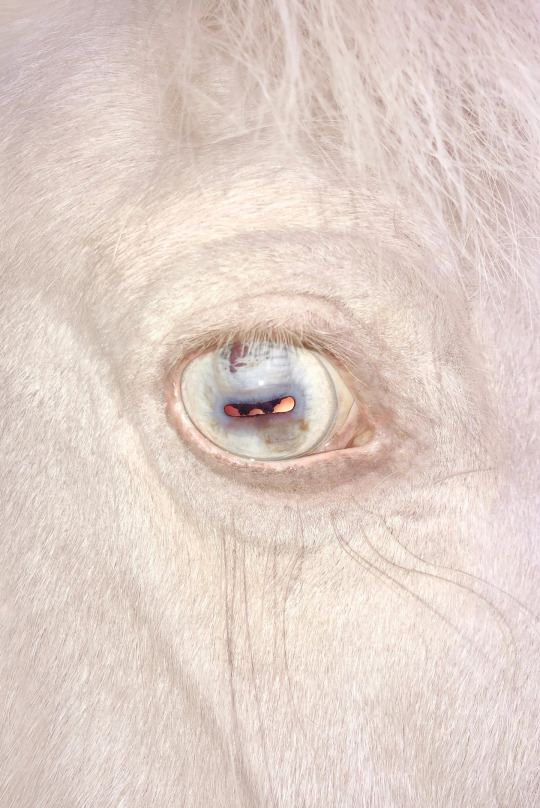
Ayaka Endo, Kamuy Mosir
7K notes
·
View notes
Photo



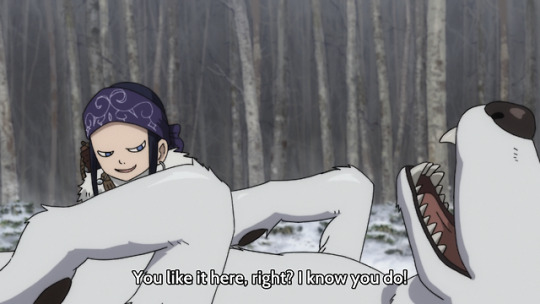
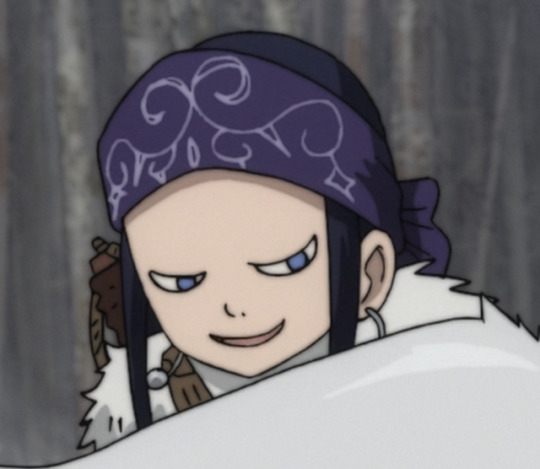
ゴールデンカムイ | カムイモシㇼ
Golden Kamuy | Kamuy Mosir
9 notes
·
View notes
Photo

140 notes
·
View notes
Photo

part of Ayaka Endo’s 2020 series, “Kamuy Mosir"
880 notes
·
View notes
Photo

1 note
·
View note
Link
Ancestral Ainu Remains Returned by Tokyo University
by Noah Oskow
A long fight by Japan's indigenous Ainu results in a hard-won victory - but much more remains to be done.
Resting Once Again Amongst Their People
On August 22nd, a Kamuinomi – an Ainu ceremony meant to celebrate the return of spirts to the realm of the gods – was held in Urahoro, in eastern Hokkaido. The sacrament’s purpose was that of welcoming back six sets of indigenous remains, taken long ago by Japanese researchers based out of the famed Tokyo University. The researchers first removed the Ainu remains from their gravesites in 1889, in the early Meiji Era; later, others returned in 1965, in the post-war era, for more.
The group receiving the ancestral remains was the Raporo Ainu Nation, the local Urahoro indigenous organization. For them, it was a day of quiet celebration – the culmination of a series of victories in their quest to reclaim stolen Ainu remains.
Raporo Ainu Nation had previously brought court cases against Hokkaido and Sapporo Medical Universities, both of which housed innumerable Ainu skeletons; all have now been returned to their homelands. Tokyo University, despite earlier protestations, was now also acquiescing to similar demands.
Six wooden boxes were laid out in front of a large freshly dug grave. Besides the waiting earth sat the Ainu delegation, bedecked in traditional clothing. They chanted in the Ainu tongue – one unrelated to the Japanese language which otherwise surrounded them. (Unlike the languages of the native Ryukuans, Ainu is not a Japonic language.) Libations of sake were offered to the kamuy, the spirits. Then, the remains were finally reinterred in the land from which they had so long ago been taken.
The Abduction of their Ancestors
The impetus for the veritable grave plundering of Ainu bones was ostensibly scientific: the desire by Japanese researchers to learn more about the physical and, later, genetic make-up of the indigenous ethnic minorities native to Japan’s northern borders. Indeed, at the time of the first unearthing, Hokkaido (and the native Ainu people along with them) had only recently been fully incorporated into Japan.
Previous to the Meiji Restoration in 1868, Hokkaido wasn’t even “Hokkaido;” rather, it was Ezo, a frontier borderland peopled by those the Japanese considered “barbarians.” A relatively small Japanese settler colony ruled by the Matsumae clan existed on the southern tip of Oshima Penninsula, which regulated trade with the Ainu and oversaw Japanese financial control of the island.
Sadly, this led to the entire field of Ainu Studies being essentially founded on grave robbery.
Previous to Japanese encroachment and eventual control, the Ainu people lived in villages scattered across Ezo, Sakhalin Island, and the Kurils. While they had a hunter-gatherer lifestyle that appeared uncivilized to the Japanese, Ainu society was in fact more complex than most interlopers perceived.
Beyond their advanced hunting and fishing techniques, the Ainu were also part of a diverse and expansive trade network that stretched from Hokkaido in the south, to Kamchatka in the far north. Ainu traders rode in dugout canoes to the Asian mainland, where they traded with the indigenous peoples of the Amur river basin. Sakhalin Ainu even made war with the Mongol-controlled Yuan dynasty of China, and later engaged in tributary trading with the Ming and Yuan dynasties.
High-quality silk brocades given to Ainu chieftains by the Chinese became prized goods for trade with encroaching Japanese from the south. It was access to these Chinese goods and Ainu-hunted pelts, furs, painted Sakhalin beads, and live falcons that made Japanese samurai desirous towards control of Ainu trade. Japanese trading pressure; exploitative and often coerced use of Ainu labor in Japanese fisheries; the ravages of newly introduced diseases; all these brought irreparable damage to the Ainu environment and society.
The Myth of a Naturally Doomed People
In 1889, in the midst of Japan’s headlong rush towards modernity, the Japanese government passed the Hokkaido Former Aborigines Protection Act. The Ainu were now officially considered Japanese. In practice, this meant they were subject to forced cultural assimilation that further disrupted their society and lead, ironically, to mass discrimination.
The Ainu’s were now a periphery people scheduled to be made “Japanese,” their “aboriginal” status to be forgotten as quickly as possible. In light of the notion that the Ainu were now a “disappearing tribe,” Japanese researchers became intent on taking as many artifacts of the Ainu’s material culture as possible before the earth swallowed them up. This is part of what resulted in the initial untombing of the Ainu remains just recently returned by Tokyo University.
In these inaugural years of the field of ‘Ainu Studies” (アイヌ学), previously held ideas about Ainu “barbarians” were melded with the emerging scientific field of evolution, leading Japanese researchers to make various claims about Ainu inferiority to “more evolved” Japanese society. Researchers, although often empathetic towards the plight of the impoverished Ainu, believed the only way to “save” the object of their research was to assimilate them out of existence. As Ainu ties to their craft traditions waned and the people themselves were assumed to be on the brink of annihilation, researchers felt the need to collect and document as much as possible.
A Dark Legacy for Ainu Studies
The Hokkaido Museum of Northern Peoples (Hoppo Minzoku Hakubutsukan) exhibits about the culture of Ainu native people and other northern peoples of the world.
Sadly, this led to the entire field of Ainu Studies being essentially founded on grave robbery. In both 1864 and 1865, mere years before the fall of the Tokugawa dynasty, the British consul in Hakodate led a group of foreigners interested in uncovering the mystery of the Ainu’s “Caucasian” features to secretly raid Ainu gravesites. When the story broke, it became a major scandal (even resulting in the firing of the consul).
Yet subsequent Japanese researchers continued to seek out Ainu bones for well over a century. Sometimes this was done with the understanding of local Ainu. (As often happened with Ainu crafts, money was possibly exchanged). Other times, however, researchers hoping to learn more about this “disappearing tribe” engaged in acts that very much resembled the previous British consul’s.
Ancestors Unearthed
Most infamous of the grave robbers was Hokkaido University Professor Kodama Sakuzaemon, who lead various state-sanctioned raids into local boneyards throughout the 1920s to 1970s – all against Ainu protests. Sometimes police were called in to help hold off Ainu from physically preventing the unearthing of their ancestors. As is recalled in the book Beyond Ainu Studies, a 1930’s bone-collecting expedition resulted in…
…the entire village police force [being] enlisted to assist Kodama’s team and when three or four elderwomen threw their bodies over their ancestors’ grave sites they were unceremoniously removed by attending officers.
The end result of decades of university researchers stealing thousands of ancestral remains was an Ainu populace who often distrusted and felt anger towards those Japanese academics and scientists who, ostensibly, wanted to understand the Ainu. Especially egregious to the Ainu was the fact that, within their tradition, bodies are to buried whole in order to maintain a tie to the spirit.
Painful Memories
Our land, Ainu Mosir, had been invaded, our language stripped, our ancestral remains robbed, the blood of living Ainu taken, and even our few remaining utensils carried away. At this rate, what would happen to the Ainu people?
For Kayano Shigeru (萱野 茂, 1926 – 2006), the first Ainu in Japanese parliament and a major voice for indigenous rights, the spiriting away of Ainu skeletons and artifacts by mainland researchers was a source of much shame. In his famous memoir, Our Land Was A Forest, Kayano recalled returning home to find treasured artifacts missing; his impoverished father had sold them away to researchers.
In those days I despised scholars of Ainu culture from the bottom of my heart. They used to visit my father for his extensive knowledge of the Ainu. I often railed at them and, accusing them of behavior as rude as that of waking a sleeping child, ordered them never to return. Professor K. [likely Kodama] of Hokkaido University was one at whom I snarled many times… They dug up our sacred tombs and carried away ancestral bones. Under the pretext of research, they took blood from villagers and, in order to examine how hairy we were, rolled up our sleeves, then lowered our collars to check our backs…
It was this same anger and desire to recover the Ainu culture that lead Kayano to become such a major voice in the question for indigenous rights in Japan.
Seeing such self-centered conduct by shamo [Japanese] scholars, I asked myself whether matters should be left as they were: Our land, Ainu Mosir, had been invaded, our language stripped, our ancestral remains robbed, the blood of living Ainu taken, and even our few remaining utensils carried away. At this rate, what would happen to the Ainu people? What would happen to Ainu culture? From that moment on, I vowed to take them back.
The Fight to Reclaim the Ancestors
It was with the same spirit of cultural recovery that Ainu groups from around Hokkaido have set out to gain the return of their ancestor’s remains. In 2008, after centuries of denial and erasure, the Japanese government suddenly announced that the Ainu were to be legally considered the indigenous people of the north. Although by this point there remained only around 25,000 self-declared Ainu with only a few elderly native speakers still living, this signaled a huge victory for Ainu rights. In 2013, the Ainu council of Kineusu used their new indigenous status as a basis for suing Hokkaido University for the return of uninterred Ainu bones.
More lawsuits followed. Slowly, the ancestral remains and funerary artifacts sitting in collections and in storage across universities in Japan began to be returned. Hokkaido University, home to more Ainu remains than any other facility in Japan, played a major role in these skeletal repatriations. In July, Hokkaido opened the Symbolic Space for Ethnic Harmony – a “national center for the revival and development of Ainu culture.” The center is to host the National Ainu Museum and National Ainu Park. Importantly, it also has a space to carefully store Ainu remains. Still, the Symbolic Space itself has become controversial with Ainu, with some hoping for the return of remains more directly to Ainu communities.
The Way Forward
The return of the ancestral remains by Tokyo University on Saturday comes amidst an interesting time for the Ainu community. Recognition of the Ainu and their culture is one the rise worldwide, they finally have recognition by the Japanese government, and cultural revival movements are gaining steam. Young Ainu are engaged in reconnecting with their heritage, learning their language, and sharing their culture with others. Hokkaido schools will soon have textbooks that make multiple references to Ainu history. The field of Ainu Studies has evolved, now placing more primacy on the perceptions of the Ainu themselves and welcoming more Ainu scholars.
Yet still, Ainu face discrimination and erasure. A national survey from only four years ago revealed that a huge 74% of Japanese people had never been exposed to Ainu culture or people. The now-delayed 2020 Tokyo Olympics suddenly axed an Ainu ceremony planned for the opening ceremonies. Progress is being made, but it’s not always enough.
Yet, on Saturday, as the burial of six sets of remains in Urahoro marked the complete return of a total of 103 such Ainu once held at Tokyo University, Raporo Ainu Nation honorary president Masaki Sashima found himself becoming emotional.
この瞬間を迎えられて感無量です。遺骨には『今まで待たせて申し訳ありませんでした。静かに眠ってください』とお祈りしました。I’m overcome with feeling having reached this moment. I prayed to the remains of the deceased, saying, “I’m greatly sorry for having made you wait so long. Please rest in peace.”
The earth of the Ainu Moshir, the Ainu homeland, once again embraced the ancestral remains, welcoming them home.
Sources
(08月22日). 東大返還アイヌの人の遺骨を埋葬. NHK News Web.
Kayano, S. (1994). Our Land Was A Forest : An Ainu Memoir. Routledge.
Hudson, M.J., Lewallen, A., & Watson, M.K. (2014). Beyond Ainu Studies: Changing Academic and Public Perspectives. Honolulu: University of Hawai’i Press.
Walker, B. (2001). The Conquest of Ainu Lands: Ecology and Culture in Japanese Expansion,1590-1800. University of California Press.
Kimura, K. (2015, July 25). Japan’s indigenous Ainu sue to bring their ancestors’ bones back home. The Japan Times.
#Ainu#Ainu Moshiri#Ancestors#Hokkaido#Tokyo#Tokyo University#Japan#colonialism#colonial violence#genocide#grave robbing#racism#institutional racism
377 notes
·
View notes